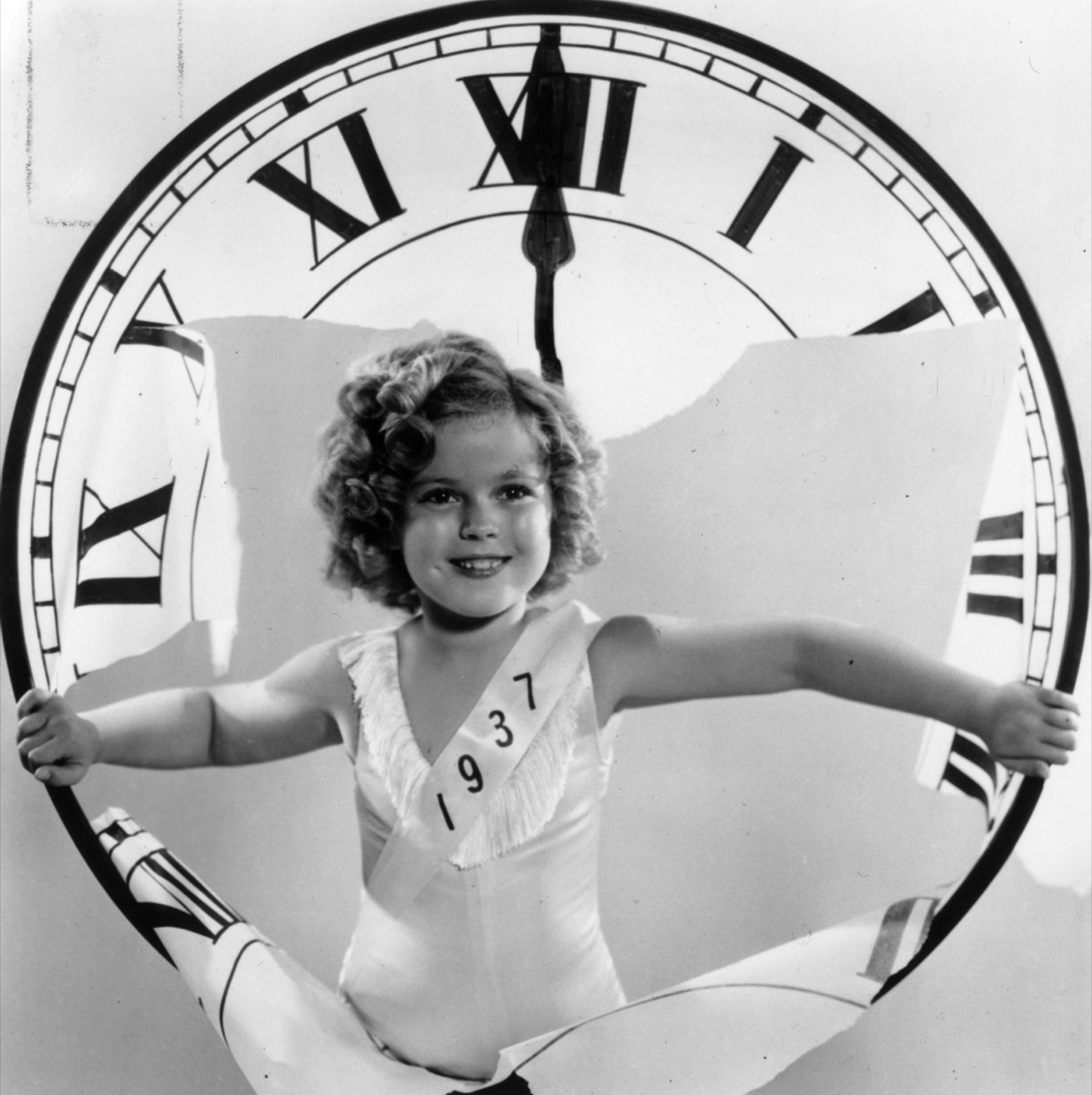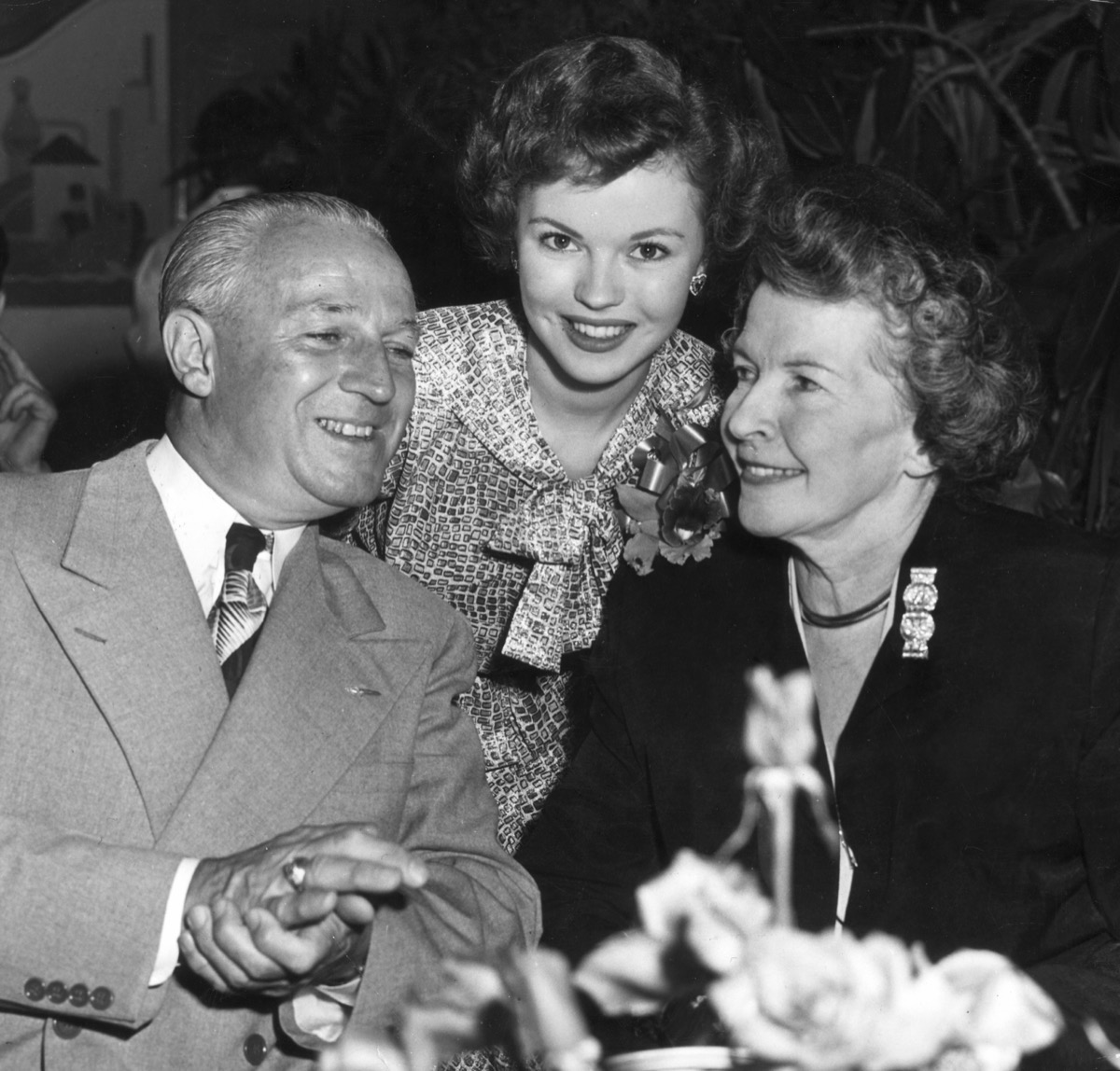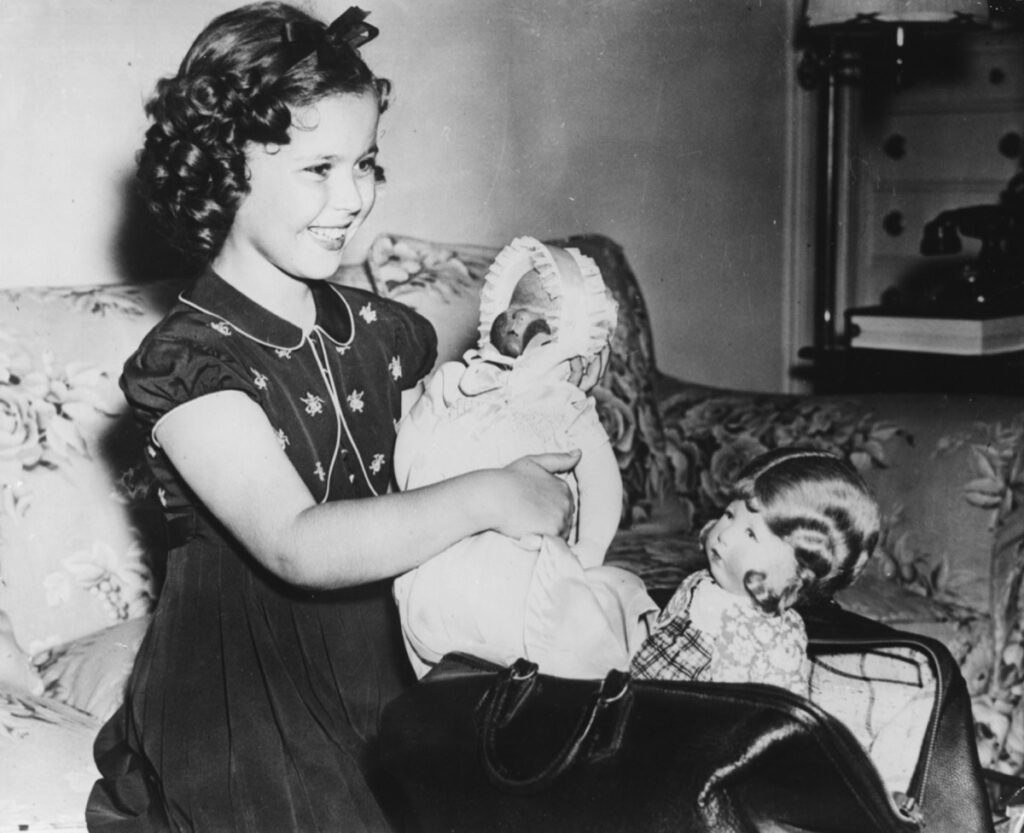“As long as our country has Shirley Temple, we will be all right,” President Franklin D. Roosevelt once said. Curly-haired and dimpled, the tap-dancing child star has been credited with giving the United States the morale to make it through the Great Depression and saving the studio that would become 20th Century Fox from going under. Despite being the highest-paid child actor of that era with dozens of films to her name, when Temple (who later went by Temple Black) went to check on her earnings at age 22, she discovered little of the millions she had earned as a minor was waiting for her. Read on to learn what happened to her fortune under her parents and the financial secret she never shared with them.
READ THIS NEXT: Former Teen Star Reveals How Much She Really Earned—And How She Lost Millions.
In 1934, the six-year-old child was awarded a contract that earned her $1000 per week along with an additional $250 for her mother, according to The Atlantic. She was soon the world’s top-grossing box office star with lines of consumer goods bearing her name and an iconic line of dolls in her image that made their way into more than one and a half million households and made their manufacturer the top-grossing company in America. At her peak, there was just one person in Hollywood who earned more money than than the child star: Louis B. Mayer, the co-founder of Metro-Goldwyn-Mayer (MGM) film studios.

Despite working a reported six days a week according to The Washington Post, and earning an almost unheard-of fortune, Temple Black saw little of the money. In her 1988 autobiography Child Star, she recalled being told by her bodyguard John “Griff” Griffith: “Everybody knows all your money goes into a trust fund. You don’t need any more, ever.” She received an allowance of $10 per week—an amount that was raised to $75 after she married John Agar at age 17.

Temple remained in the dark about her own finances until she met her second husband, Charles Alden Black, son of the president of Pacific Gas and Electric and a Harvard-educated businessperson himself. When she and her new husband needed to prepare joint tax returns, the 22-year-old former child star finally had to look into the state of her childhood fortune. Poring into the account and the books tracking the finances that should have been hers, Temple discovered but a small fraction of her earnings remained. “Only then did she discover how disastrously her father and his business partner had squandered her earnings from her films, licenses, and royalties,” wrote John F. Kasson in The Little Girl Who Fought the Great Depression: Shirley Temple and 1930s America. “Of the $3,207,666 in earnings her family had received in her name, only $44,000 remained in her trust account.”
For more celebrity trivia sent right to your inbox, sign up for our daily newsletter.

As it turned out, Temple’s parents hadn’t simply failed to save the majority of what she had made, but had flagrantly ignored a court mandate to place half of her net earnings into a trust in her name. That money had instead been used as their own to pay for fancy cars, a large household staff, and numerous failed investments by her father, according to Kasson. But she would never confront her father with what he had done. Evaluating their options, she and her husband vowed to keep the matter out of the courts and to never speak of it while her parents were still alive. “Born of a sense of compassion, honoring family unity over material cupidity, ours was a pact to be faithfully kept,” she wrote in Child Star.
She refused to be bitter too, writing, “My attitude has always been, get it over with, and get on with life.” And get on with it she did, raising a family before turning to politics with a run for Congress, six months as Chief of Protocol under President Jimmy Carter, and terms as U.S. ambassador to Ghana and Czechoslovakia, accumulating an estimated net worth of $30 million, according to The Richest, by her death at age 85 in 2014.

